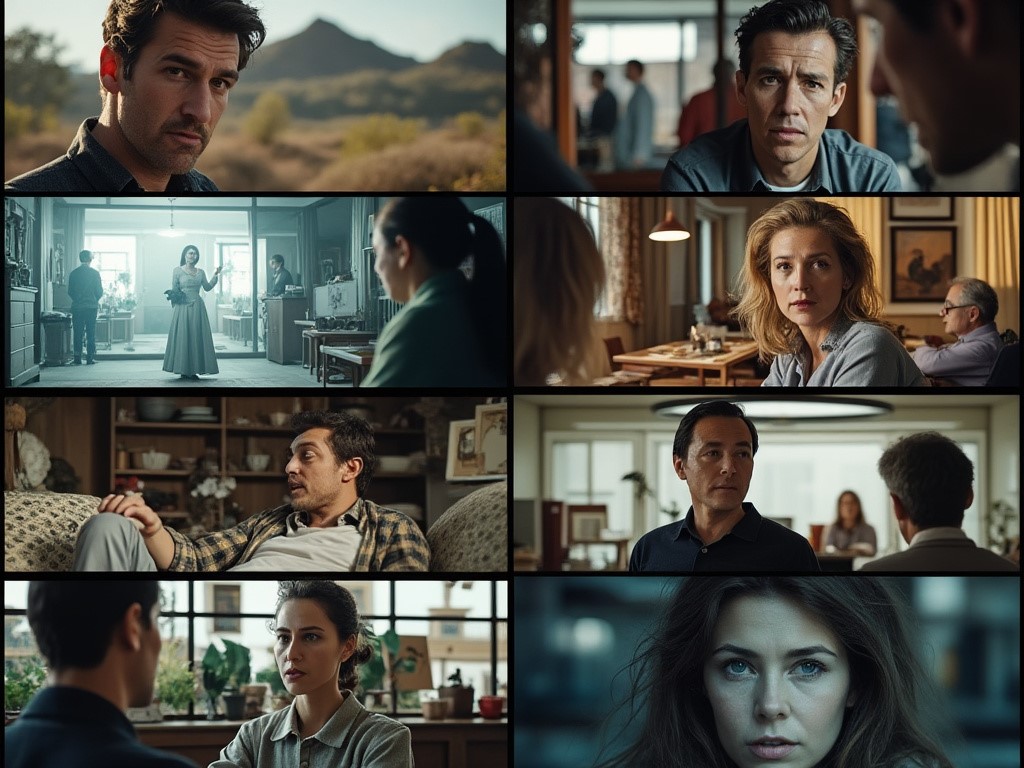Shots, Sequences, and Scenes in Filmmaking – Introduction
In filmmaking, understanding the building blocks of visual storytelling—shots, sequences, and scenes—is crucial. These elements form the foundation of your narrative, helping you to convey emotion, plot, and character development. Whether you’re a beginner or a seasoned filmmaker, mastering these concepts is essential for creating a cohesive and engaging film.
Defining Shots
A shot is the most basic unit of film language. It refers to a single, uninterrupted take captured by the camera. Different types of shots serve various narrative purposes:
- Close-up (CU): Focuses on a character’s face or a specific detail, drawing the viewer’s attention to emotion or importance.
- Medium Shot (MS): Frames the subject from the waist up, balancing the character with the surroundings, often used in dialogue scenes.
- Wide Shot (WS): Captures the entire scene, including the character and the environment, establishing context and setting.
Each type of shot serves a unique purpose in storytelling. For example, a close-up can reveal a character’s subtle emotions, while a wide shot can establish the location and atmosphere.
Sequences
Sequences are a series of shots that work together to depict a segment of the story. Each sequence serves a specific purpose, such as building tension, advancing the plot, or deepening character relationships. By carefully crafting sequences, filmmakers can control the pacing and emotional impact of their films.
For example, a chase sequence might begin with wide shots to establish the environment, followed by close-ups to capture the characters’ intensity and emotion, and then end with a series of quick cuts to heighten the tension.
Scenes
Scenes are the building blocks of a film’s structure, composed of multiple sequences that occur in a single location and at a specific time. A scene advances the plot or develops characters, and the way it’s constructed—using various shots and sequences—determines its effectiveness.
For instance, a confrontation scene might use a combination of close-ups to capture the characters’ emotions and wide shots to show their physical distance, conveying both internal and external conflict.
Conclusion
Understanding and mastering shots, sequences, and scenes is fundamental to effective visual storytelling. By thoughtfully combining these elements, you can create a compelling narrative that engages your audience from start to finish. Whether you’re just starting out or refining your craft, these concepts are essential tools in your filmmaking arsenal.

